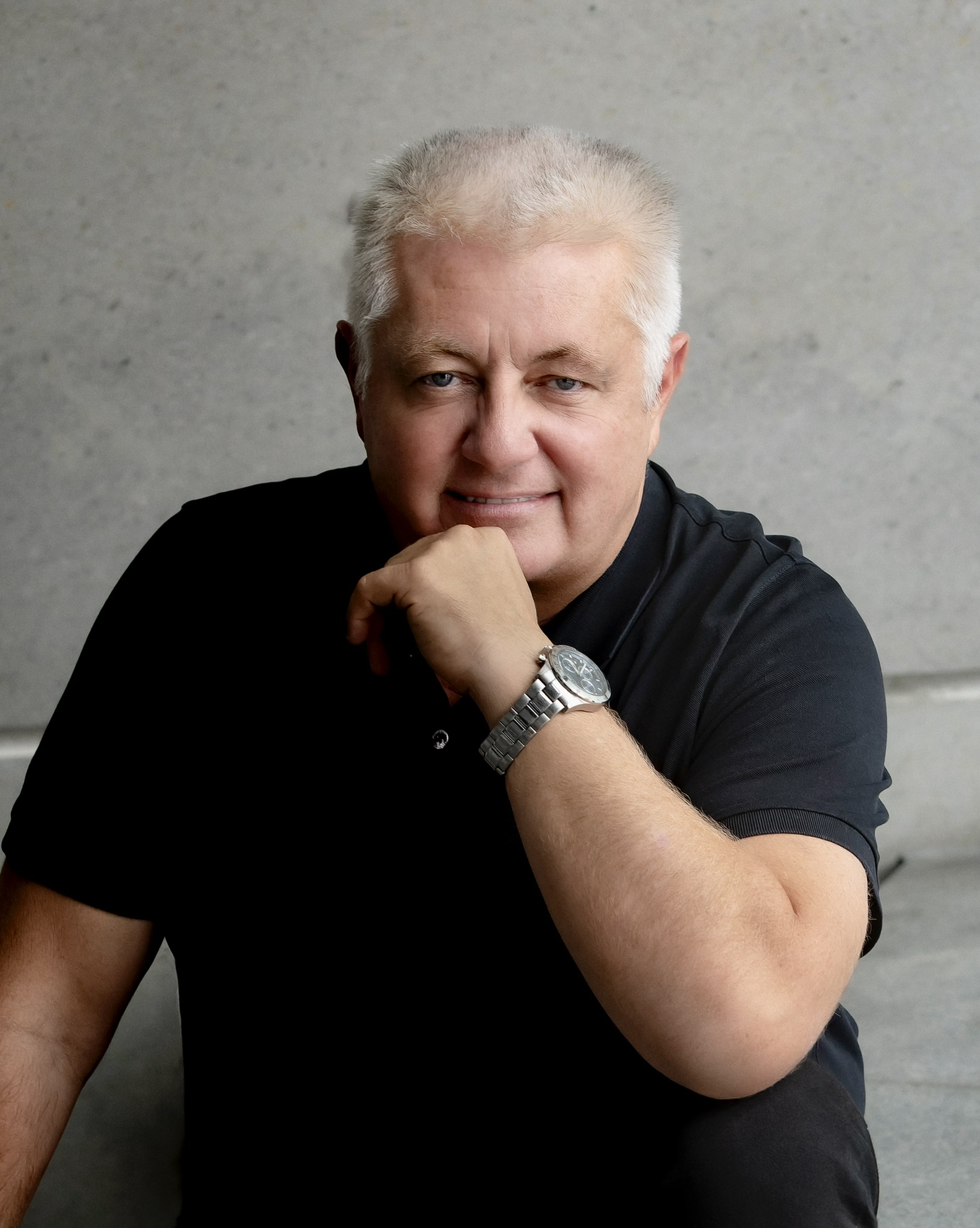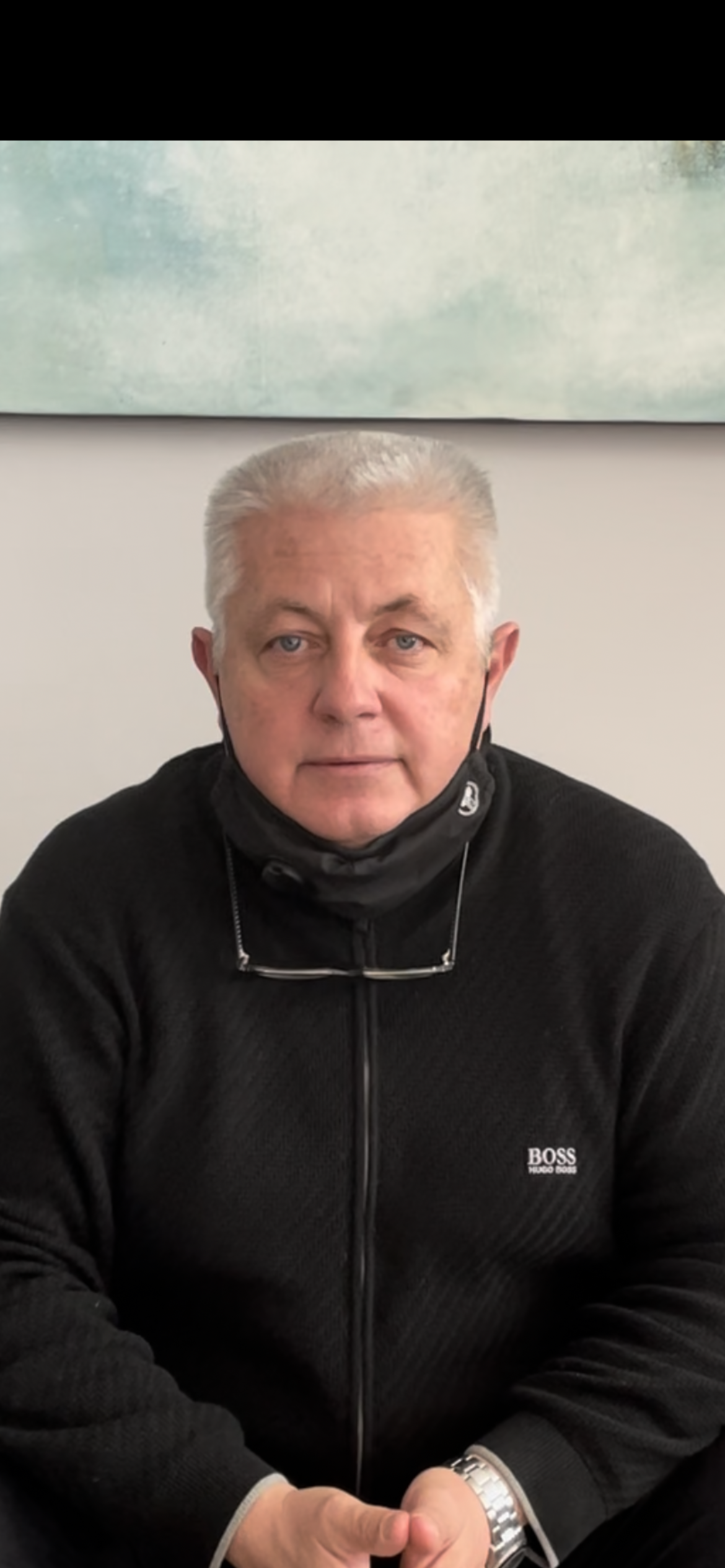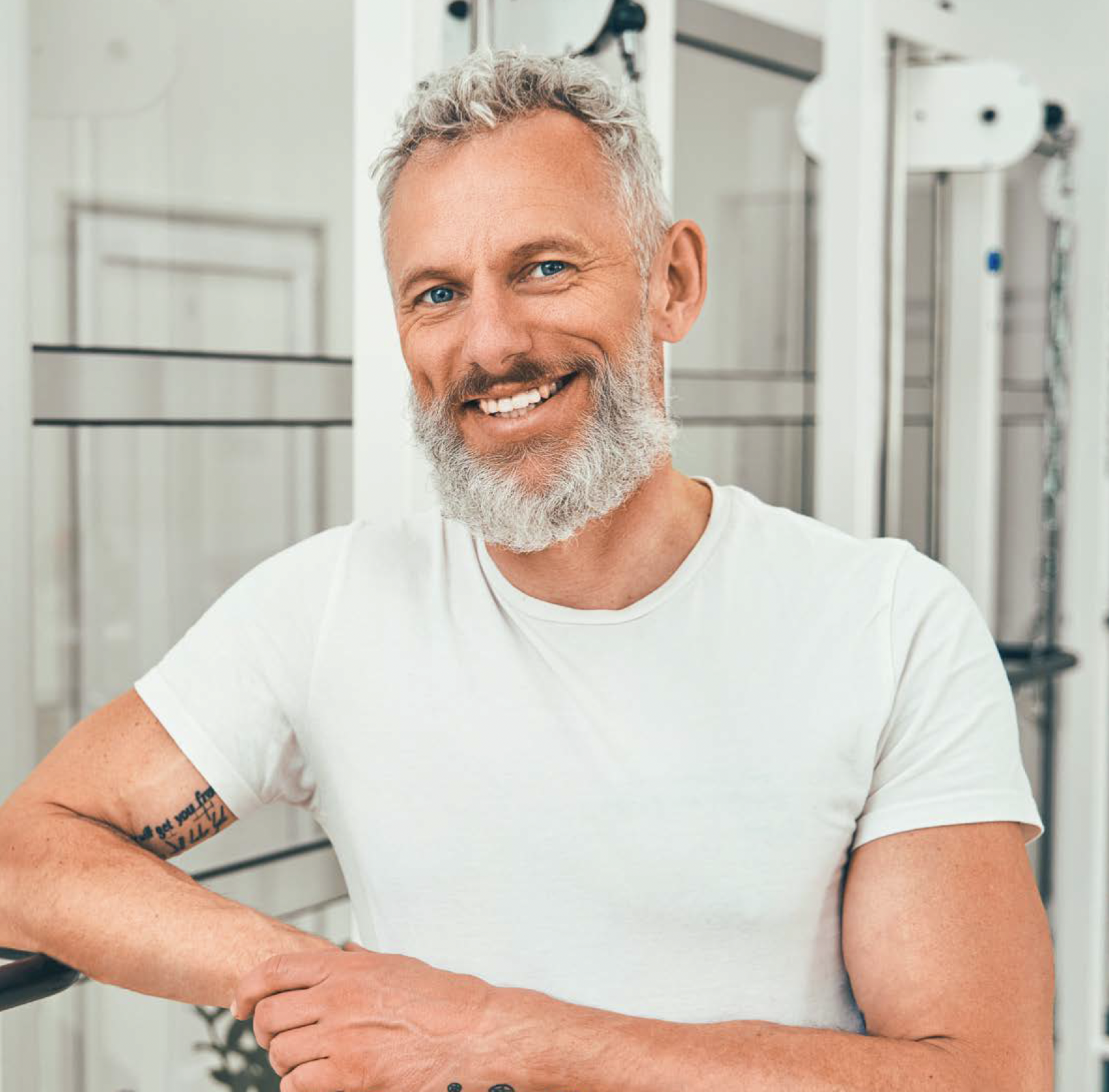From Padawan to Jedi Knight!
Aesthetics surgery came very early in my life. My thesis subject: face lifts!
Captivated from an early age
 As soon as I started my clinical training, I was drawn to aesthetic surgery. I saw my seniors, who practised maxillo-facial surgery (face and neck, or ENT), performing facial reconstruction and I quickly became fixated on the face, finding the rest of the body much less interesting. The face, with its essential organs such as the nose, organ of smell, and mouth, which runs into the neck, one of the richest zones of the anatomy, through which all the major blood vessels, air, food and nerves run… The face, to me, was the holy grail!
As soon as I started my clinical training, I was drawn to aesthetic surgery. I saw my seniors, who practised maxillo-facial surgery (face and neck, or ENT), performing facial reconstruction and I quickly became fixated on the face, finding the rest of the body much less interesting. The face, with its essential organs such as the nose, organ of smell, and mouth, which runs into the neck, one of the richest zones of the anatomy, through which all the major blood vessels, air, food and nerves run… The face, to me, was the holy grail!
I decided to specialise in ENT or maxillo-facial surgery, which later led me into aesthetics. From “reparative” surgery, you quickly veer towards seeking beauty. Aesthetics came into my life very early on: my thesis and dissertation were both about face lifts, so it became a real passion of mine. I did my whole degree course in Nice, but often travelled abroad. My supervisors were very interested in technological innovations and they often sent me to the United States to immerse me in that field. This is how we managed to get so many American surgeons to teach anatomy lessons in Nice, with big name surgeons making the trip such as Dr Ramirez and Dr Isse, who invented endoscopic lifts, Timothy Marten, Eugene Tardy and rhinoplasty expert Dean Toruimi. I performed dissections with them: I was like a young Padawan learning from the Jedi masters. Since then, I have always worked in this field.
You perform a lot of cadaver dissections; is it a speciality of yours?
That was one of the special things about Nice medical school. The idea was to use anatomy in aesthetics and, since the medical hospital has an anatomy laboratory that has always been very dynamic, thanks to Professor André Bourgeon, many advances have been made there. When the new lifts were introduced, we had to have a firm grasp of the facial anatomy. When botulinum toxin was introduced, we needed to know all about the muscles’ anatomy, and when fillers arrived, we needed to know about the anatomy of the blood vessels. Today, anatomy specialists are still in high demand across the globe: it has become our guiding principle, in a way!
How much time do you devote to training?
I come to the university hospital twice a week – on Wednesdays and Fridays – to train junior doctors in surgery. I also teach interns privately, and the trainee doctors complete their courses here, whether they do their training privately or in the public domain.
 You seem to enjoy sharing your knowledge and working with your peers…
You seem to enjoy sharing your knowledge and working with your peers…
At the university hospital, I’ve always collaborated with Professor Laurent Castillo, as we started out together. He is in charge of Nice University’s Institute of the Face and Neck. He entrusted me with the whole teaching side of plastic, reconstructive and aesthetic surgery. I also work with Dr Frederic Braccini, Dr Henry Delmar, Dr Sophie Converset, Dr Cécile Winter, Dr Soraya Sadi and a whole team of young doctors. Not forgetting Dr Benjamin Ascher, who is a real influencer, in my opinion. I still train young doctors in Nice but also in Romania, Lebanon, Italy and Tunisia. We meet up at congresses such as IMCAS or AMWC , as I am lucky enough to work with both of these organisations. Many procedures are centred around the anatomy, yet it remains relatively difficult to understand if you do not have years and years of dissections under your belt. Actually, there are very few of us in the world who master the anatomy (Pr Cotofana, Dr Ingallina, Dr Sykes).
Is part of your activity carrying out clinical research?
I am co-founder of MEDITI, a company that carries out clinical research into therapies and procedures for aesthetic purposes, created with Dr Delmar, Dr Bodokh and Dr Pescetto, among others. For the last 15 years we have led clinical studies on all of the products that are released (fillers, injectables, cannulas, etc.). Our work is published in the scientific press, which enables us to keep a permanent eye on research and development.
Do regulations and safety go hand-in-hand, in your opinion?
Without a doubt, even though I am against dogmas such as, “These ones are allowed, these ones are not allowed, whether they are specialist doctors or not…” I believe that doctors must keep learning, must make an effort to hone their skills and train properly. The law allows them to do so, and I help them. Undergoing proper training, to me, is the minimum you can do. I have always had a good relationship with aesthetics doctors because I have always believed that, as long as the law does not prohibit them from performing a procedure, they should be trained to do it. I am therefore highly involved in the idea of a “future” aesthetic medicine degree, with the aim of finally having an aesthetic medicine specialisation, with its own degree course: an inter-university degree combined with a university diploma, so that the title can be associated with a given set of regulations. There would be numerus clausus for dermatologists, surgeons, etc. The Order of Doctors’ council wants to have a recognised diploma. It takes three years to get an inter-university degree that is recognised in Europe. The idea would be to offer an additional university diploma that would allow doctors to round off these three years.
Finally, as soon as this specialisation is recognised, any doctors who have worked in this field for years will be able to do an APEL, which can be justified with a business, patient list, product purchase list, etc. This APEL will allow them to obtain the qualification without having to redo their degree. These European regulations cover all specialities!
With regard to fake injectors: do fewer trained doctors mean more fake injectors?
As soon as any problems occur, we blame the doctor, but that is not what this is about. But if aesthetic medicine wants to have rules, it cannot have different ones to other specialities.
A love of motorbikes and a devoted grandfather
Horses were my first true passion, but as I got older (and less flexible!) I moved on to motorbikes, which are more predictable than horses. My Harley allows me to express my “aging rocker” side. I passed on my love of horses to one of my children, who became a riding instructor and horse breeder, and my grandchildren are avid horse riders too. However, I did not manage to pass on my love of surgery. My two sons did not go into medicine, though one is an equine osteopath. The route to becoming a surgeon is so long that, if you do not have a burning desire to start with, you tire of it very quickly.
Corsica
I would have loved to be born in Corsica, but I am only an honorary Corsican: I have a house there with my wife. It’s such a welcoming place. The Greeks call it Kallisté, (from the ancient Greek Καλλίστη: “the most beautiful”), and this is what we named our house in Nice. I love the people, the food, the nature…and sailing on the sea on my boat.
Books
I read a lot of books about sociology, such as Michel Onfray’s (3 or 4 per year) “La Nef des fous”. His view is rather pessimistic but very realistic. I also read about ecology (I’m an ecologist but not GIEC standard) and transhumanism: I’m really interested in Elon Musk’s work! And transgenderism, as I deal with it in my work.
Where to find him?
159 Av. de Rimiez, 06100 Nice Tel : +33(0)4 93 55 30 52 @drkestemontphilippe















